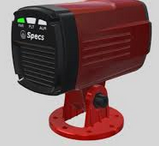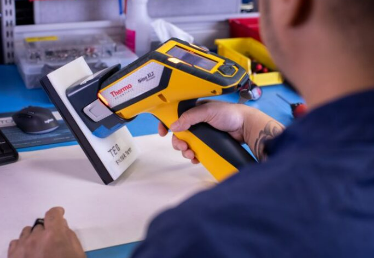
Oil mist detectors testing and calibration
Introduction
Infrared oil mist detectors may be used in areas where oil mists are liable to occur.
Incidents on Platforms in the North Sea highlighted the need for an effective electronic detector of air- borne particles, primarily oil mist. Market surveys and feasibility studies concluded that existing detectors would not meet the required specifications. Initial research was conducted by a major U.K Oil company. The most cost effective and efficient method found was to use a modulated beam of infrared radiation. This infrared beam is directed towards a remote panel of retro- reflective sheeting, the resultant returned signal being continuously monitored via an on-board microprocessor.
Key features of the sample selected
•Certification – Can be designed for use in hazardous areas.
•Low installation costs - single unit (contains transmitter and receiver), two wire system, simple alignment, no internal adjustments.
•Microprocessor control - user selectable sensitivity and response time settings.
•Effective coverage - operating range upto 50 metres.
•Good resistance to chemicals, hydrocarbons, flame, RF interference, water ingress.
•Industry compatibility – design to operate with all types of control systems.
•Sensitivity - High even under "still air" conditions.
•Low maintenance costs - automatic compensation for fouling allowing upto 90% loss signal, maintaining stable sensitivity, automatic indication optical integrity.




